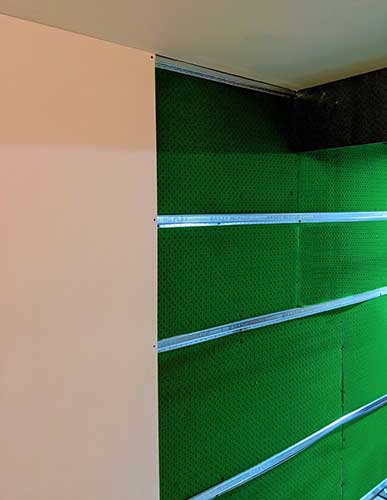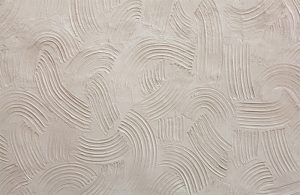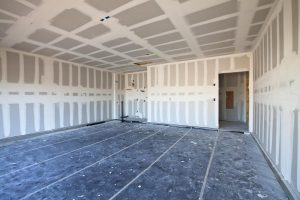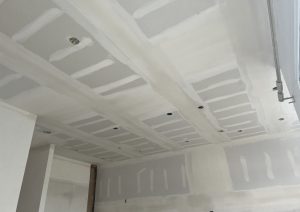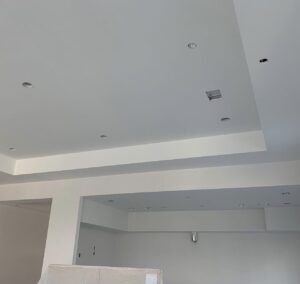In the midst of our bustling lives, finding solace in quietude within our own homes can feel like an elusive dream. Whether it’s the persistent hum of traffic, the clamor of neighbors, or the internal racket of appliances, achieving a serene living environment often necessitates effective soundproofing measures. In this comprehensive guide, we will explore a specialized approach to soundproofing: Target Drywall. From understanding sound dynamics to implementing innovative techniques and utilizing Target Drywall products, let’s embark on a journey to transform your living space into a haven of tranquility.
Understanding Sound: Before delving into soundproofing methodologies, let’s grasp the fundamentals of sound propagation. Sound travels in waves, permeating through air, solids, and liquids alike. As these waves encounter barriers or surfaces, they undergo reflection, absorption, or transmission, influencing their intensity and direction. This comprehension forms the bedrock of soundproofing strategies, aimed at mitigating the transmission of sound waves between spaces.
Assessing Your Needs: The initial stride in your soundproofing endeavor is a thorough assessment of your requirements and aspirations. Identify the primary sources of noise intrusion, whether external nuisances like street clamor or internal disturbances such as household activities. Furthermore, delineate the areas in your abode where soundproofing holds paramount importance, be it bedrooms for undisturbed slumber, home offices for focused work, or entertainment zones for immersive leisure. This discernment will serve as the compass guiding your tailored soundproofing endeavors.
Strategies for Soundproofing with Target Drywall:
Understanding Target Drywall: Target Drywall, also known as soundproof drywall or acoustic gypsum board, is specifically engineered to reduce sound transmission between rooms. It comprises multiple layers of dense materials, such as gypsum and viscoelastic polymers, which absorb and dissipate sound energy effectively.
Installation Techniques: When installing Target Drywall, adhere to proper installation techniques to maximize its soundproofing efficacy. Ensure seams are tightly sealed and joints are properly taped to prevent sound leakage. Additionally, staggered stud or double-stud framing techniques can further enhance sound isolation by minimizing direct contact between walls.
Combining with Decoupling Methods: Incorporating decoupling methods alongside Target Drywall can amplify soundproofing results. Utilize resilient channels or sound isolation clips to suspend drywall sheets, creating an air gap that impedes sound transmission through structural connections.
Enhancing Mass and Absorption: Augment the mass of your walls by utilizing multiple layers of Target Drywall or combining it with dense insulation materials. Moreover, integrate sound-absorbing elements such as acoustic panels or fiberglass batts within wall cavities to mitigate reverberation and enhance sound clarity within rooms.
Sealing and Finishing: Prioritize meticulous sealing of gaps and penetrations to fortify the soundproofing integrity of your walls. Apply acoustic sealants or caulks around electrical outlets, windows, and doors to thwart sound infiltration. Opt for soundproofing paints or textured finishes to further attenuate sound reflections and refine the aesthetic appeal of your space.
Product Recommendations:
Target Drywall Sheets: Select high-quality Target Drywall sheets with optimal soundproofing properties, featuring multiple layers of dense materials engineered to dampen sound transmission effectively. Choose thicknesses and dimensions suitable for your specific application requirements, whether for wall partitions or ceiling assemblies.
Green Glue Compound: Green Glue is a viscoelastic damping compound designed to enhance the soundproofing performance of drywall installations. Apply Green Glue between layers of drywall or on existing walls before affixing additional drywall sheets to maximize sound isolation.
Resilient Channels: Resilient channels provide a decoupling solution for mounting drywall, reducing direct sound transmission through structural connections. Install resilient channels perpendicular to wall studs or ceiling joists to create an isolated mounting surface for Target Drywall, thereby minimizing sound transfer.
Acoustic Sealants and Caulks: Utilize acoustic sealants or caulks to seal gaps and seams in Target Drywall installations, ensuring airtight barriers against sound infiltration. Opt for non-hardening, flexible sealants compatible with gypsum board materials for durable and effective soundproofing results.
Soundproofing Insulation: Enhance the soundproofing performance of your walls by incorporating sound-absorbing insulation materials such as fiberglass batts or mineral wool. Install insulation within wall cavities before sealing with Target Drywall to attenuate airborne noise and improve overall acoustic comfort.
Conclusion: Soundproofing your home with Target Drywall presents a specialized yet highly effective approach to achieving acoustic tranquility. By understanding sound dynamics, assessing your specific needs, and implementing targeted soundproofing strategies, you can transform your living space into a sanctuary of serenity. Whether you seek respite from external disturbances or desire enhanced privacy within your home, the incorporation of Target Drywall offers a versatile and reliable solution. From meticulous installation techniques to synergistic product recommendations, your journey toward a quieter and more peaceful abode begins with the strategic deployment of Target Drywall and complementary soundproofing measures. Embrace the transformative potential of soundproofing technology, and embark on a voyage toward a harmonious living environment where tranquility reigns supreme.

